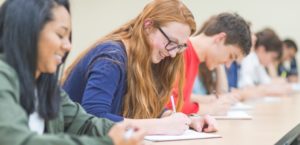
Bookend Your Lessons with Reflection for Better Learning
As an undergraduate I didn’t reflect on my learning. I did what I needed to pass my classes but never thought about how I was growing my knowledge base and skills. I was like most students, but this isn’t the best way to learn, for












